NourishDoc doesn’t provide medical advice, diagnosis, treatment, or prescriptions. Read our terms of use, privacy & medical disclaimer for more info
A six year old male child came to the clinic with the complaint of cough with expectoration, difficulty in breathing, runny nose, wheezing and sneezing. He was not able to breathe by nose. He was diagnosed with bronchial asthma, and was prescribed medications that included antibiotics and anti-allergic medicines. He was taking steroidal inhalers at least 2 doses per day for 1 and a half month. Despite all the medications, he didn’t show any improvement. ComplaintsCough with expectoration since 15 days increased at night and during sleepingDifficulty during breathing since 15 days, keeps him awake at night as he was unable to breathe after lying downRunning nose since more than one month Issues with cold all the time that gets aggravated during rainy and cold season on and off since he was one and a half year oldSneezing since one month; aggravated in the morningAccording to Ayurvedic concept, this is a classic case of bronchial asthma (tamaka shwasa kapha pradhana).
I started Ayurvedic treatment with few rules and regulations:
Dont’s: stop taking curds, refrigerated food and water intake after food
Do’s: only drink warm water with dry ginger, chest fomentation after application of oil + salt
I advised him to eat an early dinner and inhale steam with stem of cabbage twice a day.
Prescribed Ayurvedic Medicines for Bronchial Asthma:
Shwasamrutam syrup, pankajakasturi granules, combination of karpooradichurna, tankana bhasma, shrunga bhasma.
15 days follow-up:
Persistent cough had reduced by 60-70 %
Stopped taking inhalers
no runny nose, sneezing, & breathlessness
Treatment given:
Continuation of Swasamrutham syrup, Bresol and Septillin for next 1 month.
2 Month follow-up:
After this follow up the patient was completely asymptomatic.
To prevent a recurrence, I started him on Ayurvedic medication of shata puti Abhrak bhasma.
Case Discussion:
Breathing is something we do daily involuntarily, whether we are awake, sleeping, or actively exercising. Breathing is living. It’s a very important function in life. In yoga, this is known as pranayama. Prana in Sanskrit means life force, and Ayama means extending or extending. Therefore, the term”pranayama” translates into the constraint of the life force. Additionally, it is referred to as the expansion of breath. Every cell needs oxygen to work properly. So it’s not surprising that research demonstrates that a regular practice of controlled breathing may lessen the negative effects of stress and helps to increase overall physical and psychological wellbeing.
Ever notice how calming a simple sigh could be at the end of a long day? There are a number of breathing methods that are known to decrease stress, aid in digestion, enhance sleep, and cool you down. Here are directions on four pranayama exercises worth practicing along with the most useful times to do them.
1. Nadhi Sodhana
Nadhi sodhana also called alternative nostril breathing, is a really relaxed, balancing breath that’s used to help calm the nervous system and assist in a relaxed night’s sleep. By increasing the oxygen taken into the body, it is believed that this breath may also calm the mind, reduce stress, purify the blood, and encourage concentration.
Nadhi sodhana can be performed seated or lying down. To begin, empty all of the air from your lungs. Using the thumb of your hand, block your right nostril, and inhale through your left nostril only. Make certain to inhale into your belly, not your chest. Seal the left nostril with the ring finger of the same hand, keeping your right nostril closed, and hold the breath for a minute. Release your thumb and exhale through your right nostril only. Make certain to exhale all of the breath out of the perfect side and pause before inhaling again through precisely the exact same side. Nadhi sodhana is a serene, soothing breath that may be done any time of day. Try practicing this technique whenever you’re anxious, nervous, or having difficulty falling asleep.
Bronchial asthma is truly now properly called reactive airway disease, or RAD. It’s often (although not necessarily ) an allergic reaction and is often exacerbated by stress, exercise, disease, fumes, and cold air. Asthma involves three big features. First, there is an airway obstruction. In individuals with vataja, allergies, allergies, and environmental causes make the bands of muscle surrounding the bronchial tubes tighten, and air can’t move freely.
Ayurveda associates asthma with excess Kapha dosha, but these days, it’s evolving into an inflammatory disease experienced by people who have excess pitta, which causes red and bloated bronchial tubes. In the long term, treating inflammation is vital to managing asthma. There can also be airway irritability. Asthmatic airways are incredibly sensitive. Even the smallest causes, such as pollen or animal dander, may cause the airways to tend to overreact and narrow.
From a natural healing viewpoint, asthma is an adrenal problem manifesting from the lungs. Normally, that resolves asthma quite quickly. Note that conventional short-term remedies for asthma symptoms, like methylxanthines, stimulate or mimic the adrenal glands and their hormones. Steroids, also from the adrenals, are asthma drugs.
Short-term asthma symptoms can be alleviated with natural remedies, but the fascinating part is that lifelong asthma may eventually be solved permanently by means of long-term lung and adrenal tonics.
Bitter herbs encourage the reduction of a long-term accumulation of mucus, and these include turmeric and dandelion; pungent herbs thin mucus and encourage the bronchial system is doing its job. Black pepper, garlic, cinnamon, cloves, and ginger can be useful.
Possibly the most preeminent herbs for supporting a healthy bronchial response would be the black pepper and pippali. Licorice is a strong and diverse remedy in its own right. It supports a healthy immune response and healthy elimination of organic toxins in the liver.
Relaxing nervines can be useful for asthmatics. Calming herbs like tagara might assist in stressful situations when the bronchial system is taxed. Turmeric is widely used in treating asthma regimes. Turmeric can bring a sense of calm into the bronchial system, particularly when blended with coriander and cumin.

NourishDoc doesn’t provide medical advice, diagnosis, treatment, or prescriptions. Read our terms of use, privacy & medical disclaimer for more info

This website uses cookies so that we can provide you with the best user experience possible. Cookie information is stored in your browser and performs functions such as recognising you when you return to our website and helping our team to understand which sections of the website you find most interesting and useful.
Strictly Necessary Cookie should be enabled at all times so that we can save your preferences for cookie settings.
If you disable this cookie, we will not be able to save your preferences. This means that every time you visit this website you will need to enable or disable cookies again.